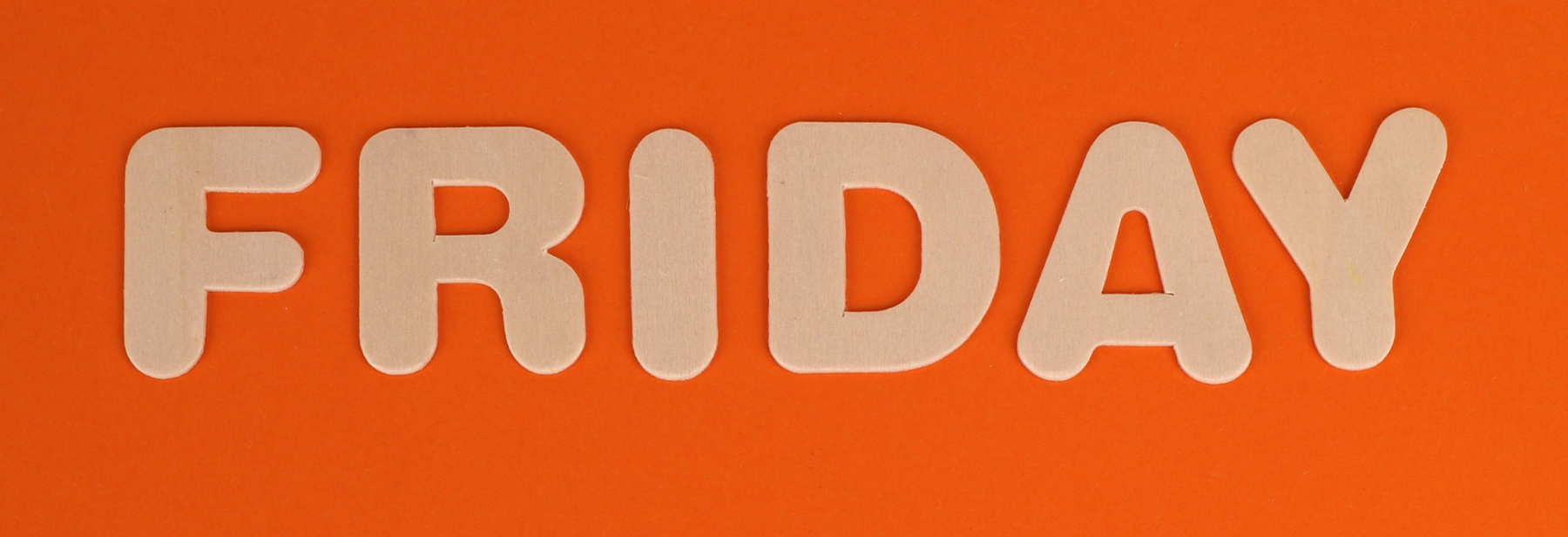
ServiceFriday: How to Attract Customer Attention in a Digital Age
As shopping is on its way to becoming an exclusively online process, how can retailers capture the attention of consumers in an environment where the focus is much narrower than in a physical store? In an article written by Barbara Kahn, she presents the research found to determine consumer patterns of attention and which aspects of display are most influential on purchases.
Consumers are affected by two forms of attention: voluntary and involuntary. Voluntary attention is self-directed and may be driven by considerations based on “previously fixated information, prior knowledge, goals or expectations.” Involuntary attention is influenced solely by the visual or salient properties of a product or assortment of products and has no relation to previous expectations.
In a study conducted in 2012, it was found that when brands were relatively similar or consumer preferences were weak, consumers chose items that were more visually appealing at least 40% of the time, even when these choices were “inconsistent with prior preferences.” Therefore, involuntary attention is a significant driving factor in the buying process. When attention resources are limited, such as in the case of “micro moments” a consumer may spend briefly looking at their phone, or when consumers are pressed for time while shopping, their eyes are drawn to the most easily identifiable brand on a page. A brand will most successfully pop out when:
- The background is homogenous (regardless of color)
- The brand is larger relative to others in the assortment
- The contrast between the brand and background is large
- The number of appearances (facings) or the size of the object is increased if too many objects are displayed
- The brand is centered on the page
While the visual appeal of a brand or product is important to keep in mind, the overall assortment of multiple products on a page can determine a consumer’s willingness to purchase as well. Studies have shown assortments that are easy to process are liked more. This includes “making the assortments smaller, reducing the information intensity, and reducing the friction between the items within the assortment and the background.” Horizontal (as opposed to vertical) and visual (as opposed to textual) depictions have been proven to capture more fixed attention, as well as structural features such as organization or textual labels, to reduce complexity of large assortments.
Even if a consumer may decide to buy goods in a store, the shopping process frequently begins online so it is important to capture the consumer’s attention when they first encounter a brand online. As Google director of marketing for performance ads Matt Lawson said, “It’s essential to be there on mobile…but it’s even more important to create rich and relevant experiences that connect your stores with shoppers in all of their micro-moments—and encourage those shoppers to come back again and again.”
Consumer attention to visual stimuli can be quick and perceptions are formed almost automatically. As shopping moves more towards mobile devices, retailers must keep this in mind when designing their online presence.
To read the full article go to Science Direct. (A fee may apply.)